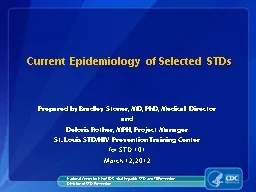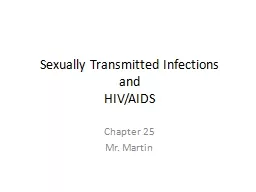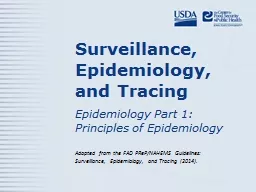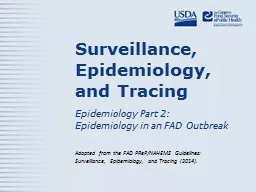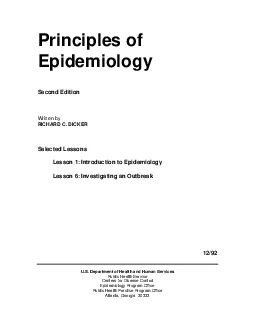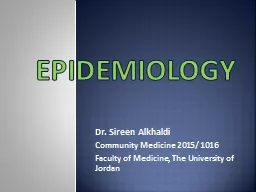PPT-Current Epidemiology of Selected STDs
Author : olivia-moreira | Published Date : 2018-11-30
Prepared by Bradley Stoner MD PhD Medical Director and Deloris Rother MPH Project Manager St Louis STDHIV Prevention Training Center for STD 101 March 12 2012
Presentation Embed Code
Download Presentation
Download Presentation The PPT/PDF document "Current Epidemiology of Selected STDs" is the property of its rightful owner. Permission is granted to download and print the materials on this website for personal, non-commercial use only, and to display it on your personal computer provided you do not modify the materials and that you retain all copyright notices contained in the materials. By downloading content from our website, you accept the terms of this agreement.
Current Epidemiology of Selected STDs: Transcript
Download Rules Of Document
"Current Epidemiology of Selected STDs"The content belongs to its owner. You may download and print it for personal use, without modification, and keep all copyright notices. By downloading, you agree to these terms.
Related Documents

